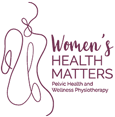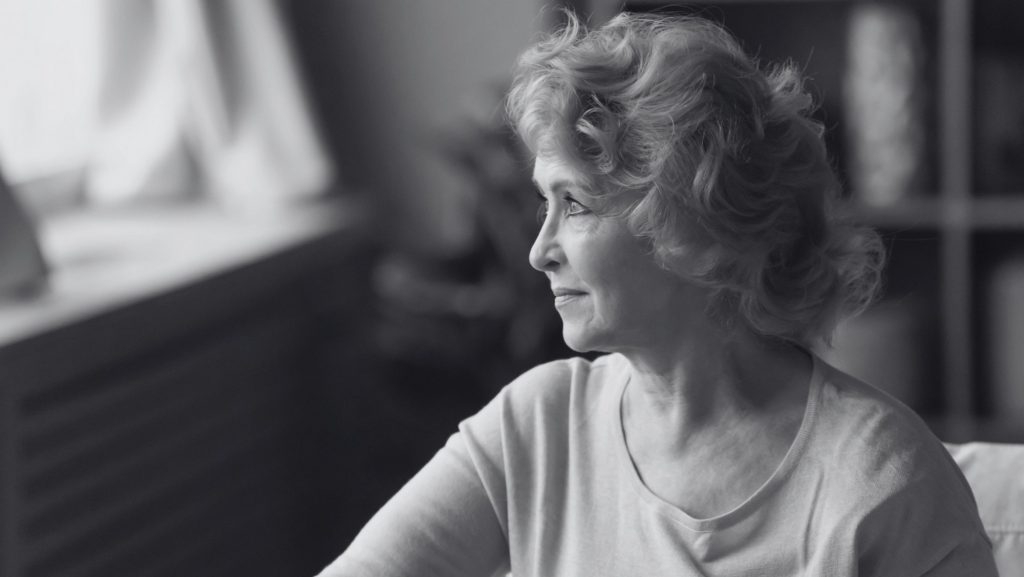Osteoporosis is a common condition characterised by weakened bones that can fracture more easily. In Australia, more than two thirds of people over the age of 60 have osteoporosis or osteopenia, and one in three women over the age of 50 will experience a fracture. Many women don’t realise they have osteopenia (low bone density) or osteoporosis until they have a fracture.
Osteoporotic, or insufficiency fractures as they are sometimes called, generally occur with minimal trauma. The most common osteoporotic fractures occur in the spine, pelvis, hips and femur (thigh bone).
Osteoporosis is diagnosed via dual energy X-ray absorptiometry or DEXA scan which measures your bone density. The DEXA scan gives you a T-score which represents how close you are to average peak bone density.
A T Score:
-
- Greater than -1 is considered normal
- Between -1-2.5 is considered osteopaenic
- Less than -2.5 is considered osteoporotic
Whilst there are many factors that contribute to your bone density, we know that oestrogen is an important one. After menopause, the drop in a woman’s oestrogen levels can lead to accelerated bone loss – in fact, the average woman loses up to 10 per cent of her bone mass in the first five years after menopause.
So, can we do anything to improve our bone density despite our declining oestrogen levels post-menopause? Yes we can!
1. Move your body!
Weight bearing exercise is important to stimulate bone growth, but recent studies have shown that women should also be including HiRIT (High Intensity Resistance and Impact Training) to promote bone growth and minimise the risk of osteoporosis.
This could include strength training using weights or resistance bands, as well as some impact exercises such as running or jumping.
If you’re not sure how to incorporate HiRIT into your exercise, we can help design an exercise program for you.
2. Reduce alcohol intake
Alcohol can interfere with your body’s absorption of calcium and Vitamin D – so whilst a small amount of alcohol has not been shown to increase the risk of osteoporosis, it might be worth reconsidering that 2nd or 3rd glass of wine!!
3. Calcium and Vitamin D
To assist with healthy bone growth, women are recommended to have 1000mg of calcium per day (1300mg if you are over 50). Calcium rich foods include dairy products, seafood, green leafy vegetables, nuts and seeds and certain fruits including oranges, strawberries and kiwi fruit.
Vitamin D is important to enable our body to absorb calcium. Our main source of Vitamin D is exposure to sunlight. In sunny Sydney, the following is recommended:
- Approximately 2-3 minutes of direct sunlight in summer
- Approximately 2-3 hours per week of direct sunlight in winter


I like this website it’s a master piece! Glad I observed this ohttps://69v.topn google.Leadership